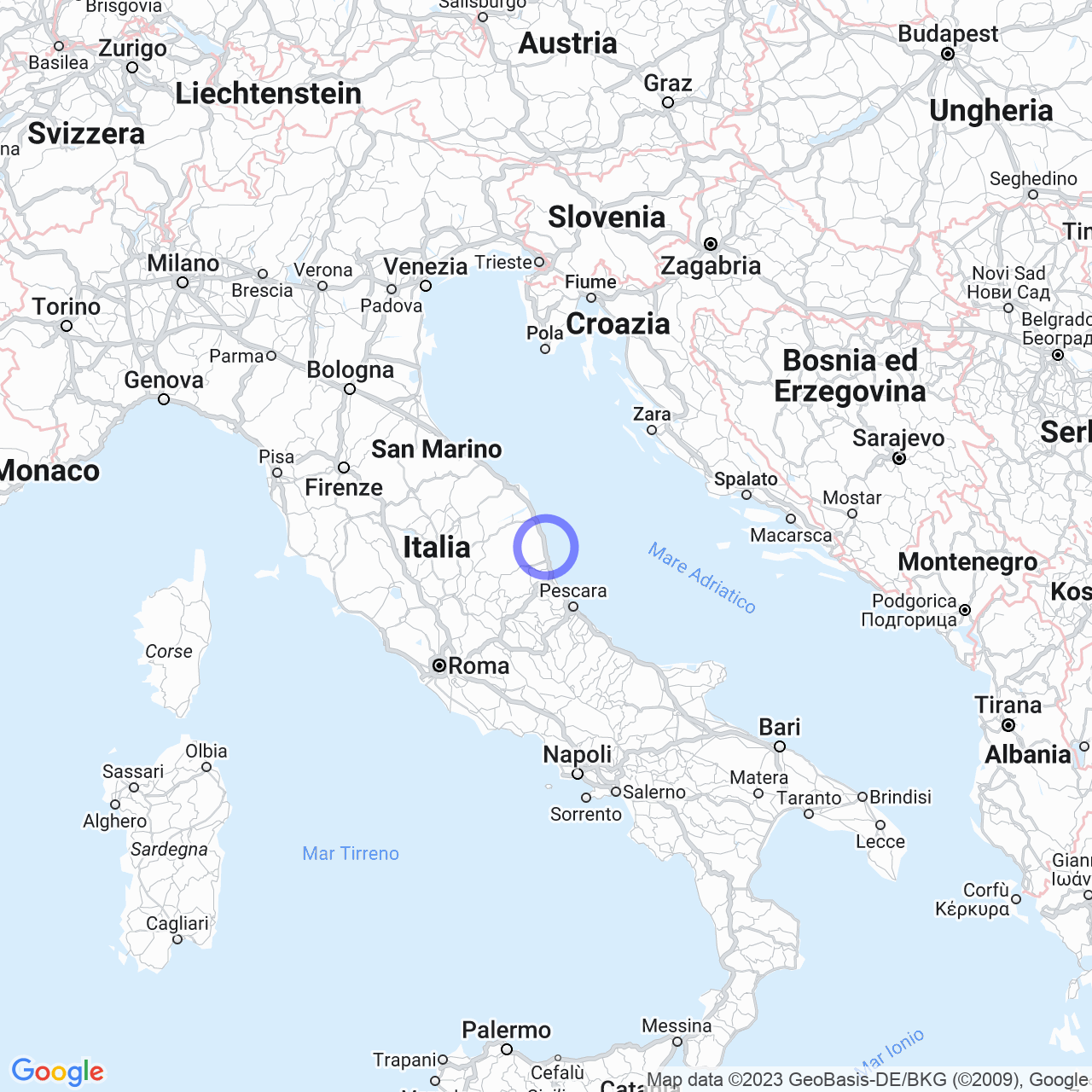Cupra Marittima
Cupra Marittima: a seaside treasure on the Riviera delle Palme
Cupra Marittima is a small gem on the Riviera delle Palme, located on the lower coast of the Marche region in the province of Ascoli Piceno. With a population of just over 5000 inhabitants, Cupra Marittima is primarily known as a tourist beach destination, with crystal-clear waters and over 5 kilometers of sandy beach.
Physical Geography
To the south it borders with the famous Grottammare, while to the north is Massignano. To the west is Ripatransone, while to the east it is bathed by the Adriatic Sea. Cupra Marittima has received numerous awards over the years, including the Blue Flag for the cleanliness of its waters.
Behind the town, there are three hills, including Sant'Andrea with its famous fortress, Marano with its medieval village, and Boccabianca. These hills have witnessed a long history dating back to even prehistoric times.

Origin of the name
Cupra Marittima has a millennial history dating back to the time of the Piceni, an ancient people of central Italy. The name of the town derives from the "Dea Cupra", a Piceni deity that was later also worshiped by the Romans. In fact, an altar dedicated to the Dea Cupra was located at the center of the ancient Roman forum.
History
The main nucleus of the town consists of the old medieval village of Marano, located on the hilltop, while the seaside village was built in the second half of the 19th century. However, the use of the territory dates back to prehistoric times, as evidenced by the numerous necropolises in the Castelletta district.
Cupra Marittima became a Roman colony after the defeat of the Piceni in 268 BC and developed as an important commercial center thanks to the production of oil and olives. The port located in the northern part of the current town served maritime trade and navigation with Venice, Chioggia, Sebenico, Durazzo, and other cities.
After the fall of the Western Roman Empire, the territory was invaded by the barbarians and Cupra Marittima was sacked many times. Subsequently, it was dominated by the Byzantines, Lombards, and Franks, until in the 9th century, the Moors destroyed the city.
The people of Cupra Marittima took refuge on the hills and founded Castrum Maranum, the strongest defensive nucleus, Castel Sant'Andrea, and Castel Boccabianca. In 1076, Marano became a free commune under the protection of the nearby Fermo, to which it had to pay taxes: a ox and a sow every year.
The most significant monuments from this period include the Romanesque church of Santa Maria in Castello, the Brancadoro-Sforza Palace (from 1444), the enclosing walls, and the towers built from 1100.
Conclusions
Cupra Marittima is a magical place, where millennial history blends with the beauty of the sea and the surrounding nature. Discovering its medieval alleys, its historic buildings, and its culture is an unforgettable experience. Those who love the sea, nature, and history cannot help but fall in love with this hidden gem of the Riviera delle Palme.
